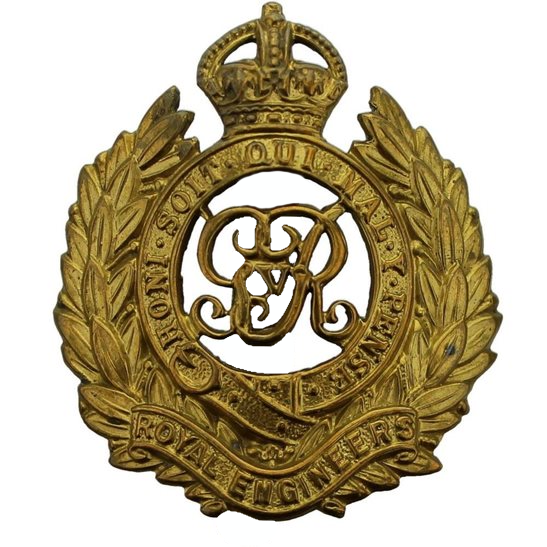Personal Details
Born: 5 July 1891 in Whitchurch, Shropshire.
Family: He was the elder of two children born to Enoch Porter, an iron foundry labourer, and his wife Kate. Enoch died in 1906 and Kate married Frederick Henry Jones in 1909; Frederick and Kate had one child. Albert married Lilah Stockton in 1914 in Whitchurch and together had one child, Albert E born in 1915.
Residence: In 1901 he was living at 36 Yardington Street, Whitchurch; by 1911 the family had moved to 8 Park Road, Whitchurch. The 1919 Absent Voters’ Register shows his address as 9 Cambrian View, Whitchurch. In 1939 he was living at 7 Alkington Gardens, Whitchurch and at the time of his death he was living at 10 Queensway, Whitchurch.
Employment: In 1911 he was a labourer; in 1939 a motor driver for a haulage contractor.
Died: In 1958 at Deermoss Hospital, Whitchurch, aged 66, and was buried on 6 December that year in Whitchurch cemetery.
Military Details
Regiment: Royal Engineers (previously Royal Army Service Corps)
Rank: Private
Service Number: 362056 (previously M2/175635)
Date of Enlistment: Not known
Date of Discharge: Not known
Reason for Discharge: Not known
Albert was awarded the Campaign Medals (British War Medal and Victory Medal)

The British War Medal (also known as 'Squeak') was a silver or bronze medal awarded to officers and men of the British and Imperial Forces who either entered a theatre of war or entered service overseas between 5th August 1914 and 11th November 1918 inclusive. This was later extended to services in Russia, Siberia and some other areas in 1919 and 1920. Approximately 6.5 million British War Medals were issued. Approximately 6.4 million of these were the silver versions of this medal. Around 110,000 of a bronze version were issued mainly to Chinese, Maltese and Indian Labour Corps. The front (obv or obverse) of the medal depicts the head of George V. The recipient's service number, rank, name and unit was impressed on the rim.
The Allied Victory Medal (also known as 'Wilfred') was issued by each of the allies. It was decided that each of the allies should each issue their own bronze victory medal with a similar design, similar equivalent wording and identical ribbon. The British medal was designed by W. McMillan. The front depicts a winged classical figure representing victory. Approximately 5.7 million victory medals were issued. Interestingly, eligibility for this medal was more restrictive and not everyone who received the British War Medal ('Squeak') also received the Victory Medal ('Wilfred'). However, in general, all recipients of 'Wilfred' also received 'Squeak' and all recipients of The 1914 Star or The 1914/1915 Star (also known as 'Pip') also received both 'Squeak' and 'Wilfred'. The recipient's service number, rank, name and unit was impressed on the rim.

